A brain aneurysm is a serious condition that occurs when a blood vessel in the brain weakens and bulges like a balloon, putting it at risk of rupture. One of the most effective treatments for this condition is microsurgical clipping, a neurosurgical procedure that aims to stop blood flow into the aneurysm by placing a specialized clip at its base.
This procedure requires advanced surgical expertise and comprehensive medical facilities to ensure optimal results.
At Mandaya Royal Hospital Puri, microsurgical clipping is performed by Dr. dr. Mardjono Tjahjadi, Sp.BS, Subsp. N-Vas, F. N-Onk, PhD, FICS, IFAANS—widely known as Dr. Joy. With extensive international experience and deep expertise in complex brain vascular cases, Dr. Joy provides modern neurosurgical care at the highest standards, offering brain aneurysm patients a better chance at recovery.
Contents
Understanding Microsurgical Clipping for Brain Aneurysm
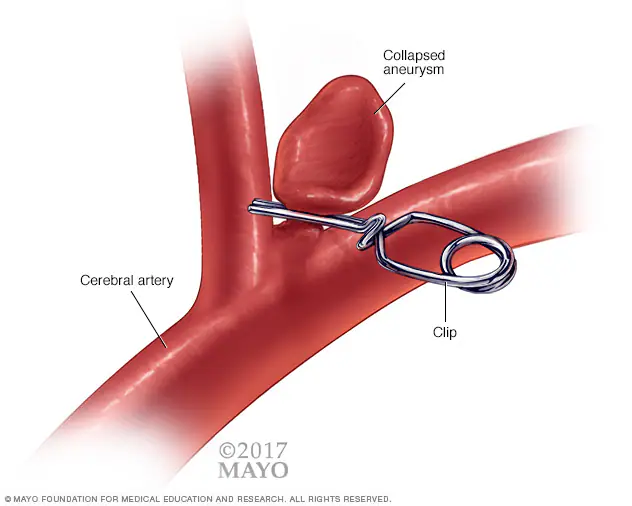
The greatest danger of a brain aneurysm is rupture, which can cause life-threatening hemorrhagic stroke. Around half of patients with ruptured aneurysms die within three months. To prevent this, clipping is performed to seal the weakened blood vessel, stopping blood from flowing into the aneurysm and reducing stroke risk.
Microsurgical clipping is a microsurgery procedure in which a special metal clip is placed across the aneurysm. The neurosurgeon makes a small opening in the skull to reach the affected brain area. This procedure requires both advanced technology and high-level surgical skill to ensure precision and safety.
During the surgery, a microscope and highly delicate instruments are used to operate in detail. Extreme accuracy is crucial to avoid damaging surrounding nerves, blood vessels, or healthy brain tissue. Thanks to this technique, aneurysm clipping remains a leading treatment option to prevent rupture and improve patient survival.
For unruptured aneurysms, clipping is often highly effective in preventing future complications. For ruptured aneurysms, it can stop bleeding and prevent rebleeding. However, damage already caused by rupture may still result in long-term disability.
How Microsurgical Clipping for Brain Aneurysm is Performed
The surgery generally involves the following steps:
- Opening a small section of the skull to access the brain.
- Carefully separating the aneurysm and blood vessel from nearby brain tissue.
- Placing a surgical metal clip across the neck of the aneurysm.
- Replacing the bone and closing the incision.
By sealing the aneurysm, blood flow into it is effectively stopped, reducing the risk of rupture or bleeding.
Microsurgical Clipping vs. Endovascular Coiling – Which is Better?
Besides microsurgical clipping, Dr. Joy also performs endovascular coiling for brain aneurysm treatment.
Endovascular coiling is a minimally invasive procedure. A catheter is inserted through a blood vessel, usually in the groin or wrist, and guided to the brain. Through this catheter, tiny platinum coils are placed inside the aneurysm. These coils trigger clot formation, sealing off the aneurysm and preventing further blood flow.
Compared to clipping, coiling is less invasive, often leading to shorter hospital stays and faster recovery. However, the choice of treatment depends on several patient-specific factors:
- Aneurysm size and shape: Clipping is often preferred for large aneurysms or those with a wide neck.
- Location: Aneurysms near the brain surface are more suitable for microsurgery, while deep or hard-to-reach aneurysms may be better treated with coiling.
- Rupture condition: In ruptured aneurysms, microsurgery may be needed to remove blood and relieve brain pressure, with clipping performed in the same procedure.
- Age and health condition: Older patients or those with other medical conditions may face higher surgical risks, making coiling the safer choice.
Dr. Joy – Neurosurgeon Specializing in Brain Aneurysm
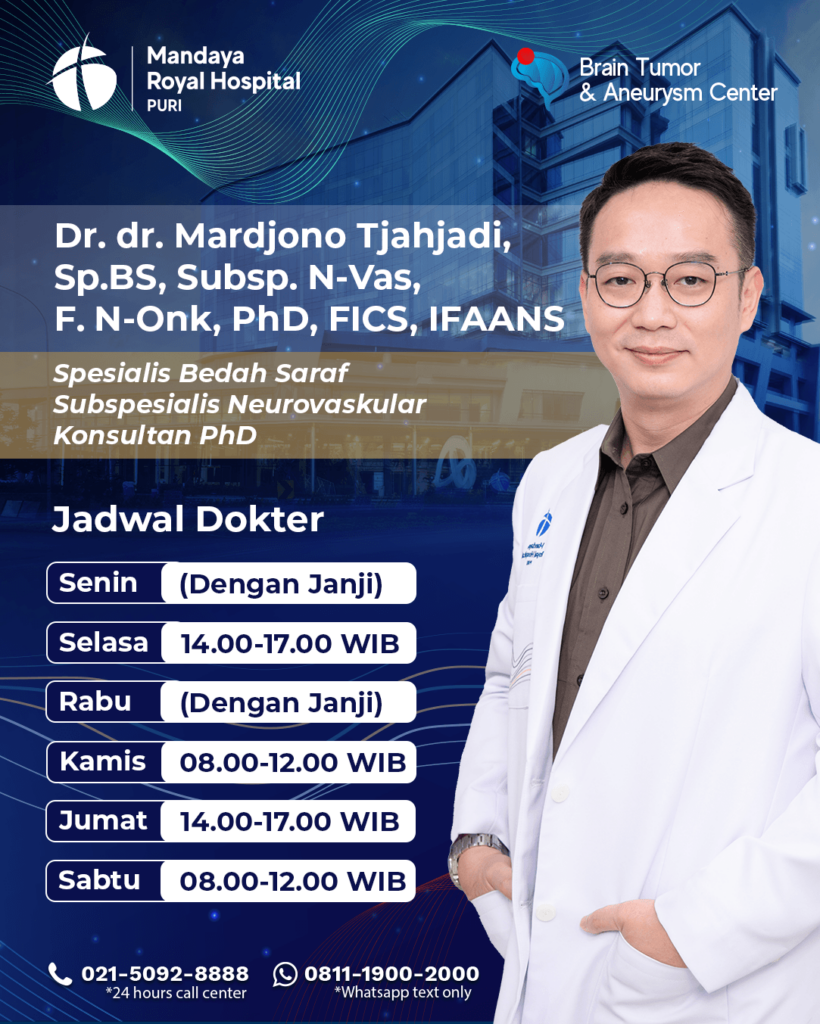
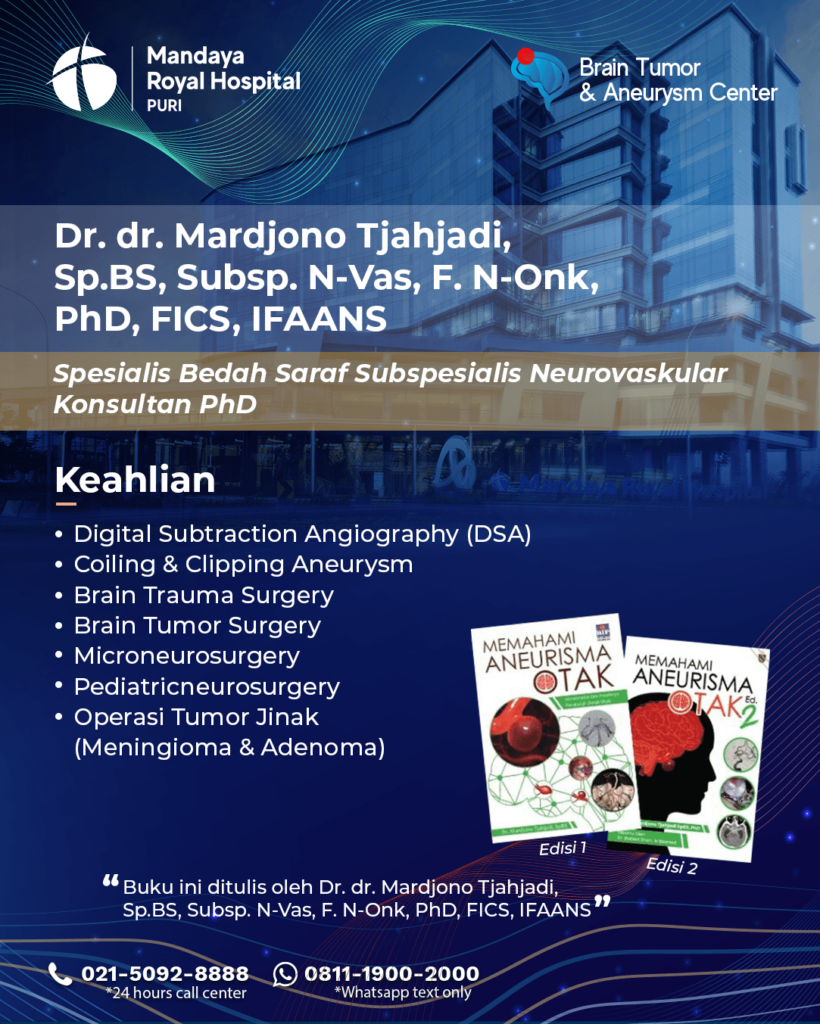
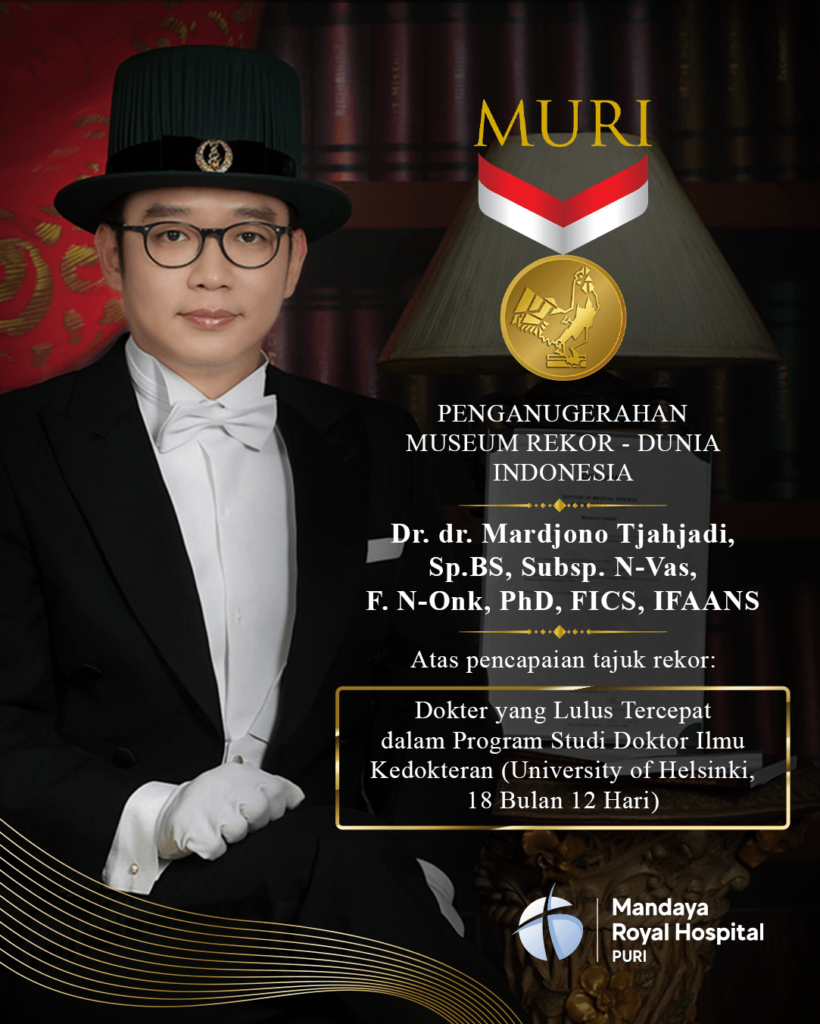
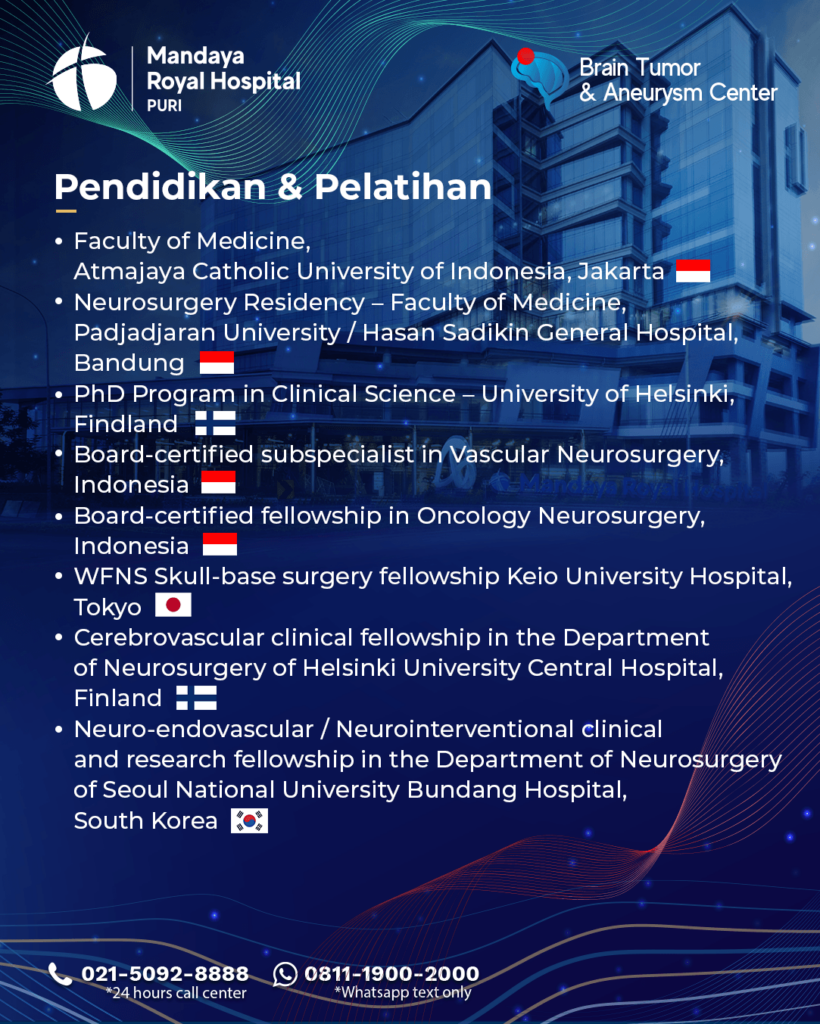
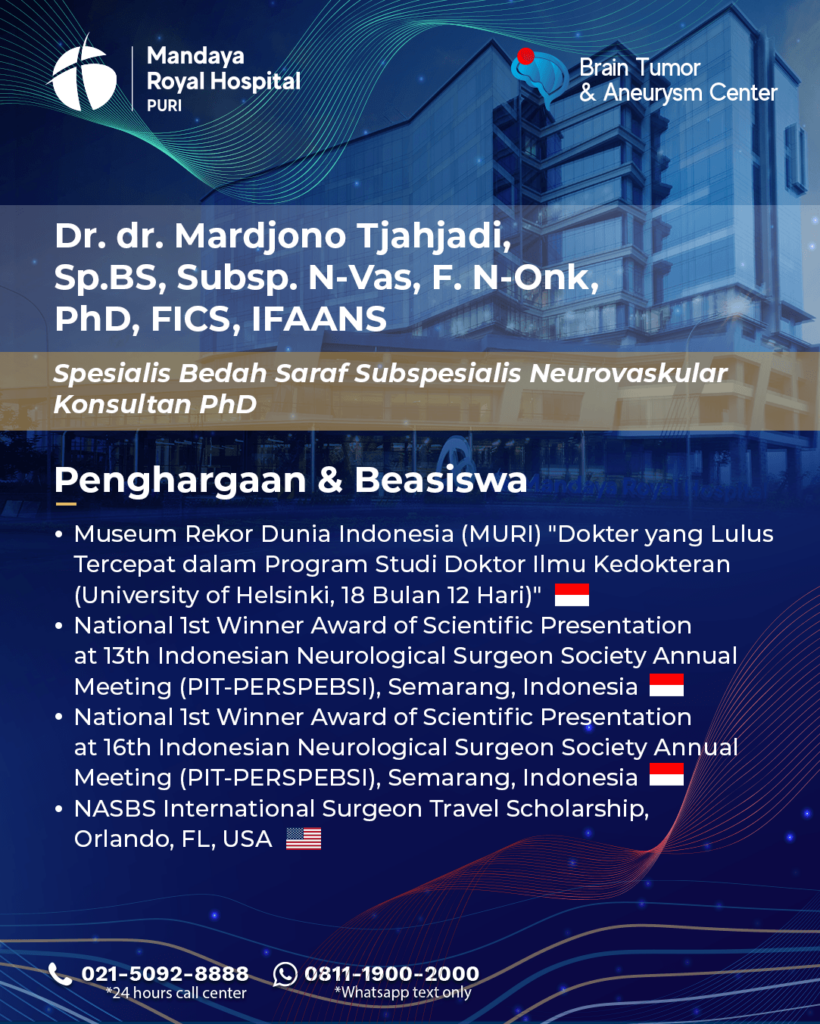
Dr. dr. Mardjono Tjahjadi, Sp.BS, Subsp. N-Vas, F. N-Onk, PhD, FICS, IFAANS, or Dr. Joy, is a neurosurgeon specializing in brain vascular surgery. He completed his doctoral studies at the University of Helsinki, Finland, with a focus on brain aneurysm treatment.
Beyond clinical practice, Dr. Joy is active in academia and has authored the book “Understanding Brain Aneurysm”, published in two editions, covering definitions, diagnosis, and treatment strategies.
Over his career, Dr. Joy has managed numerous complex neurosurgical cases, including:
- Brain aneurysms
- Brain blood vessel stenosis (narrowing)
- Brain hemorrhages
- Brain tumors
- Brain cancers
With his broad clinical experience, strong academic record, and international training at leading neurosurgical centers worldwide, Dr. Joy is recognized as one of Indonesia’s top neurosurgeons, particularly in handling complex brain vascular and tumor cases.
Dr. Joy’s Practice Schedule at Mandaya Royal Hospital Puri
- Monday: by appointment
- Tuesday: 14:00 – 17:00 WIB
- Wednesday: by appointment
- Thursday: 08:00 – 12:00 WIB
- Friday: 14:00 – 17:00 WIB
- Saturday: 08:00 – 12:00 WIB
If you wish to consult with Dr. Joy regarding brain aneurysm treatment, you are welcome to visit Mandaya Royal Hospital Puri.
For easier access, you can use WhatsApp Chat, the Book Appointment feature, or the Care Dokter app, available on Google Play and App Store, to manage your visit, check queue numbers, and get complete hospital information.



